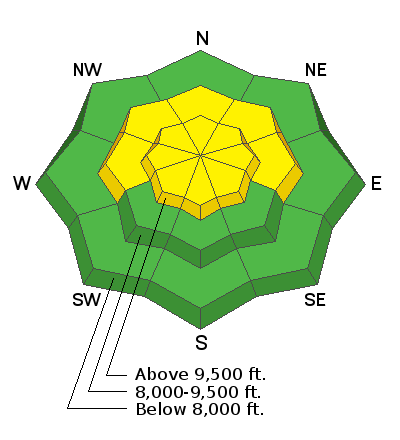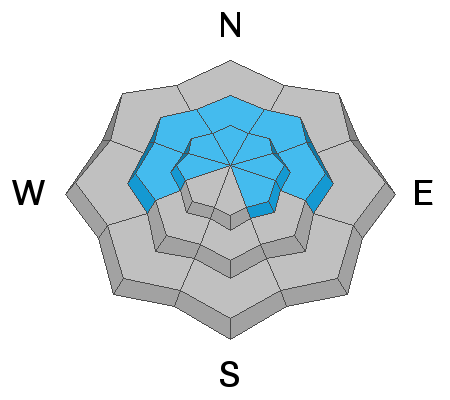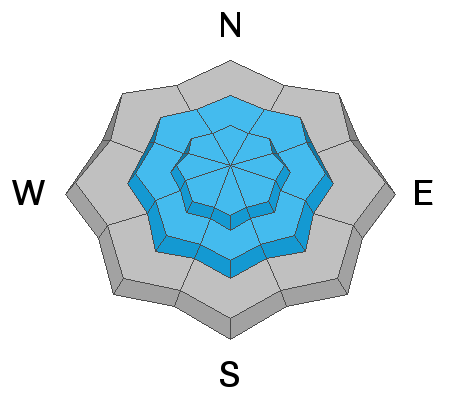Forecast for the Salt Lake Area Mountains

Issued by Nikki Champion on
Tuesday morning, January 19, 2021
Tuesday morning, January 19, 2021
The avalanche danger is MODERATE on all steep upper elevation slopes. The avalanche danger is also MODERATE on steep mid-elevation slopes facing west, through north, through east. Human-triggered avalanches are possible on these slopes, especially if they have a denser slab of wind-drifted snow on top of weaker, faceted snow. Any avalanche triggered could be 1-3' deep and over 100' wide. These avalanches may be triggered remotely and from lower-angled terrain below.
All other aspects have a LOW avalanche danger.

Low
Moderate
Considerable
High
Extreme
Learn how to read the forecast here








